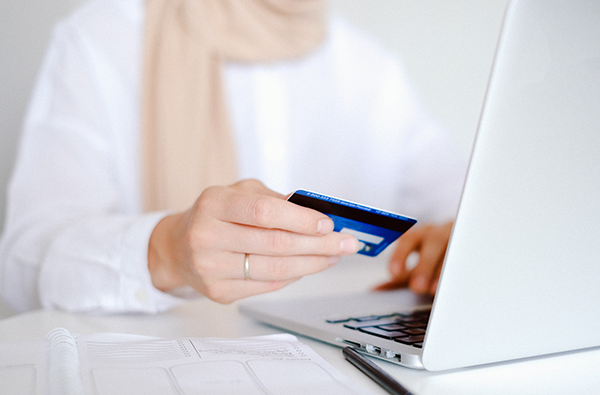e-Izba: The percentage of online buyers increased by 12 percentage points. y / y up to 84%
84% of internet users buy online, and 59% of e-shoppers make purchases online 2-5 times a month, according to a report published by the Chamber of Electronic Economy (e-Chamber). Compared to the previous edition of the survey, that is until June 2020, e-shopping penetration increased from 72% to 84%, that is by 12 percentage points, and in June 2019, online purchases were declared by 57% of respondents.
In addition, 86% (+6 percentage points) of people who do not buy online use the web anyway to carry out various shopping-related activities, including searching for inspiration, opinions and information about products, searching for store locations and promotions. In the case of users of mobile devices, it is almost 100%.
What's more, consumers started to buy online more often - 58% of e-customers buy 2-5 times a month - and 7 out of 10 declare that their shopping carts are not smaller than before in the stationary channel. Probably such results - i.e. higher frequency of purchases - were of key importance for purchases in categories such as food or cosmetics, and hygiene products, which require frequent, systematic and mostly planned purchases, the authors of the report assess.
"The interest in online shopping continues to grow - now 84% of internet users. Such a result in the report 'Omni-commerce. I buy comfortably 2021' shows that the trend towards online shopping continues and consumer preferences to buy quickly, easily and conveniently. Moreover, the report shows that returning to life after the pandemic will not change that. The conclusions of the report are also a clear signal for businesses where to look for a consumer - in e-commerce," said Patrycja Sass-Staniszewska, president of e-Izba.
According to the report, many people from groups that have so far resisted online shopping have joined the group of e-shoppers. This applies in particular to Poles aged 55+.
The changes caused by the pandemic also apply to payments.
Users of online stores more often than in previous years chose a quick transfer or BLIK than payment on delivery. In this way, they avoided direct contact with the courier or seller at the parcel collection point. It seems that several months of the pandemic are enough time for new habits to develop. shopping and payment methods have already become established.
58% of internet users use modern purchasing solutions such as BLIK, RFID, product videos or virtual fitting rooms.
This year, as in the previous year, Poles most often buy brands that they know and value on shopping platforms and in online stores. What has changed this year is the increased interest of Internet users in places such as price comparison websites (25%, +9 percentage points) and newspaper websites (16%, +10 percentage points).
Such behavior, that is, greater price sensitivity of consumers, is quite natural in times of high uncertainty. Another phenomenon that can also be attributed to the pandemic is - also clearly visible this year - the limitation by consumers of spending on investment and whim purchases, although currently 40% of respondents who have imposed such a budget regime on themselves are already returning to their previous intentions and started purchasing processes, assess the authors of the report.
When shopping online, Poles most often pay using fast transfers (similar to a year ago). The next places are BLIK and payment on delivery. The popularity of cash on delivery slightly increased, which is the result of the dynamic increase in the number of e-shoppers, i.e. the influx of new, inexperienced consumers to e-commerce. BLIK is considered the most convenient form of online and mobile payments, as well as deferred payments and quick transfers, summarized.
The report shows that 58% of Internet users use modern shopping solutions such as BLIK, RFID, product video or virtual fitting rooms. Moreover, 36% of internet users still limit their purchases in brick-and-mortar stores, and 35% of internet users increased their online spending due to covid-19.
The Chamber of Electronic Economy represents and supports the interests of companies related to the electronic economy market in Poland, with particular emphasis on companies associated in the e-Chamber. The mission of the e-Chamber is the development of the Polish digital economy industry through cooperation, exchange of know-how, legislative activities and strong and effective representation of common interests in dialogue with institutions of the Polish government administration, the European Union and non-governmental organizations in the country and around the world.
Source: ISBnews









